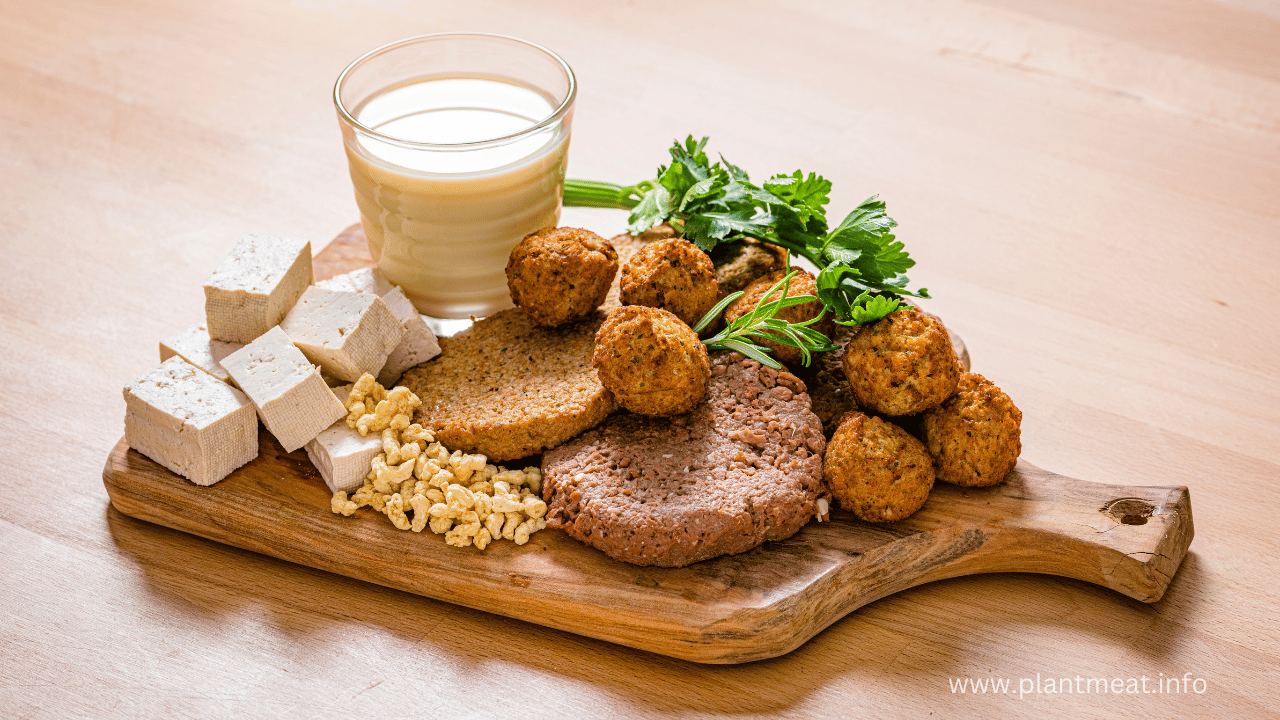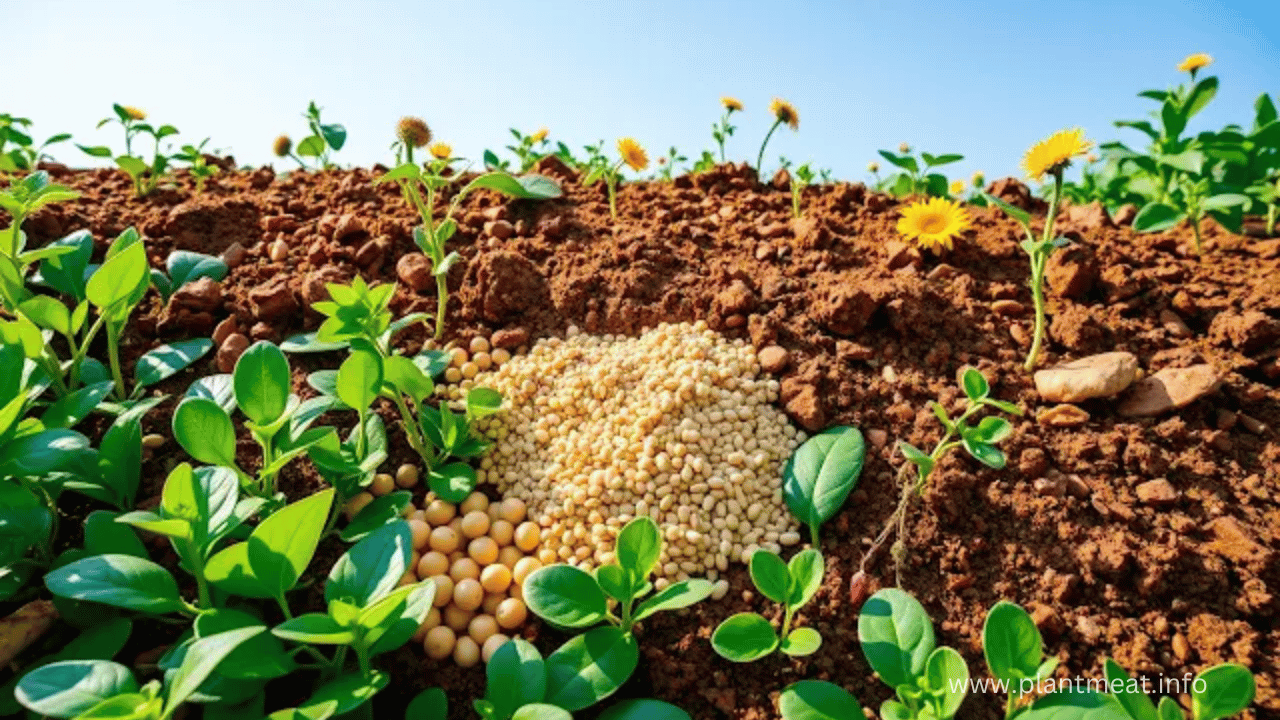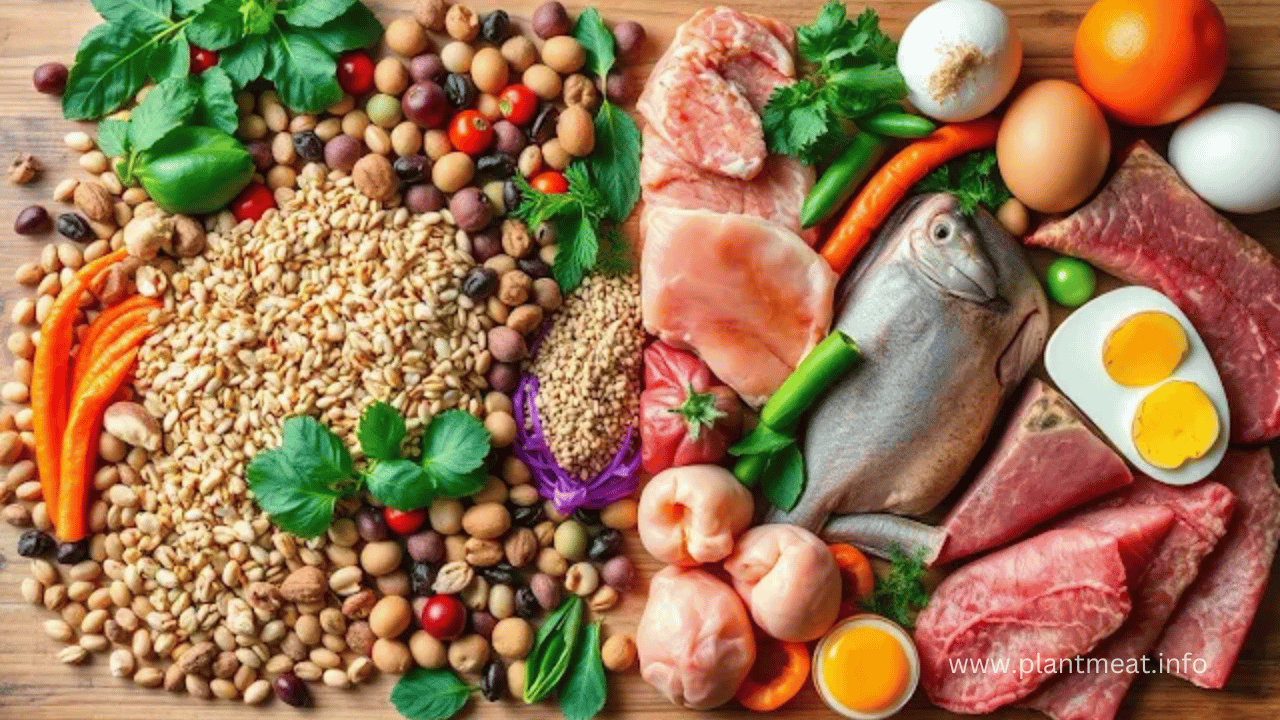The global population is growing unexpectedly and is anticipated to reach 9.7 billion by 2050. This means we need more protein ingredients than ever before. However, traditional meat production faces fundamental challenges, including loss of sources and environmental pollutants. Plant-based meat is a sustainable option to help meet our dietary needs and protect the planet.
The market for alternative proteins is growing and is set to reach US $26.5 billion by 2030. Plant-based proteins are leading the way and are as expensive as traditional meat. This transformation is driven by benefits for the environment and our health due to growing awareness. They use less land and water and produce fewer greenhouse gases than traditional meat.
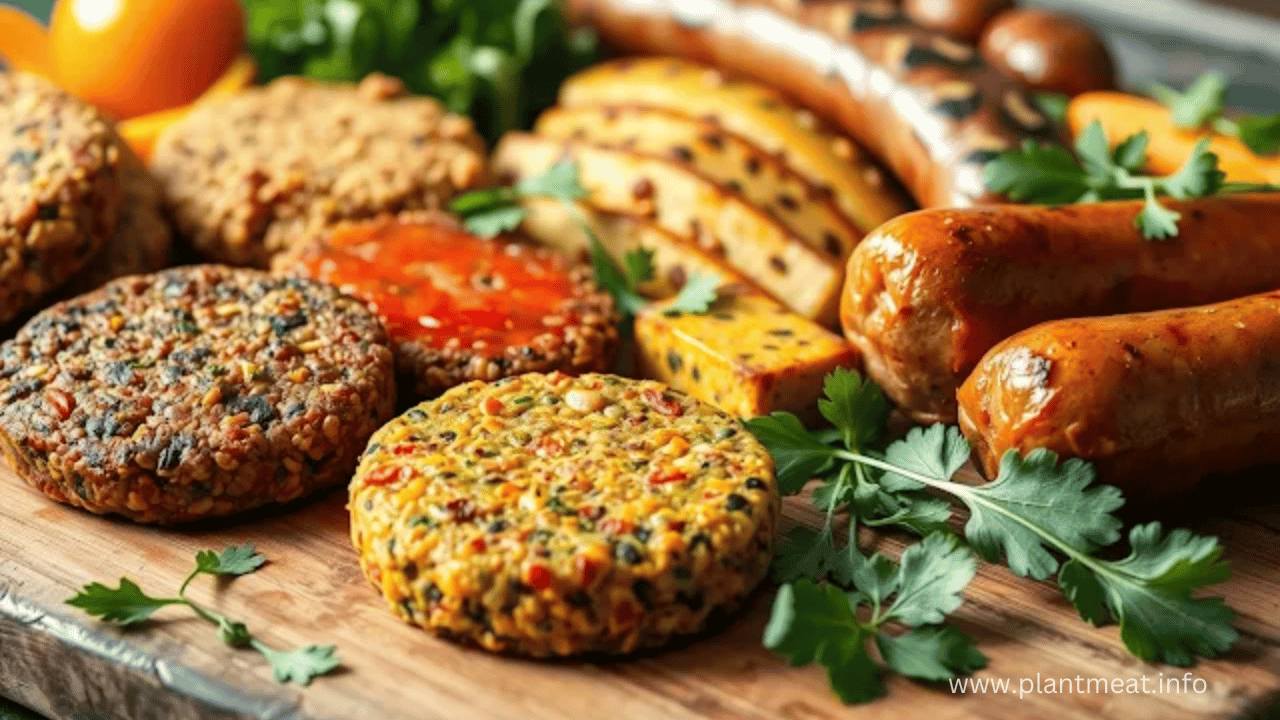
As the world population grows, so does our need for food. By 2050, we will need almost double the amount of food we eat now. Plant-based meat is a promising answer, allowing us to enjoy the things we love without harming the planet.
Understanding Plant-Based Meat Alternatives
With the increasing population of the world, the need for protein is increasing. Traditional zoo architecture is facing challenges. Vegetarian meat is becoming more popular as people become more concerned about the environment and their health.
The Growing Global Demand for Sustainable Protein
Meat consumption is expected to increase in the next decade. But there’s a push towards plant-based diets. Ways to cut down on meat include eating smaller portions and choosing plant-based options. Flexitarians, who eat meat sometimes, are a key market for these products.
Key Benefits of Plant-Based Alternatives
Plant-based meat alternatives have many benefits. They are much better for the environment than meat. Less groundwater is used and reduces pollution. In Germany, the use of pea protein could reduce greenhouse gas emissions by 8 million tonnes per year.
Current Market Trends and Growth Projections
The plant protein market is set to hit $162 billion by 2030. This growth is driven by the demand for healthy and sustainable food. New sources of protein such as nuts and grains are emerging. The future may include mushrooms, canola and algae-based proteins.
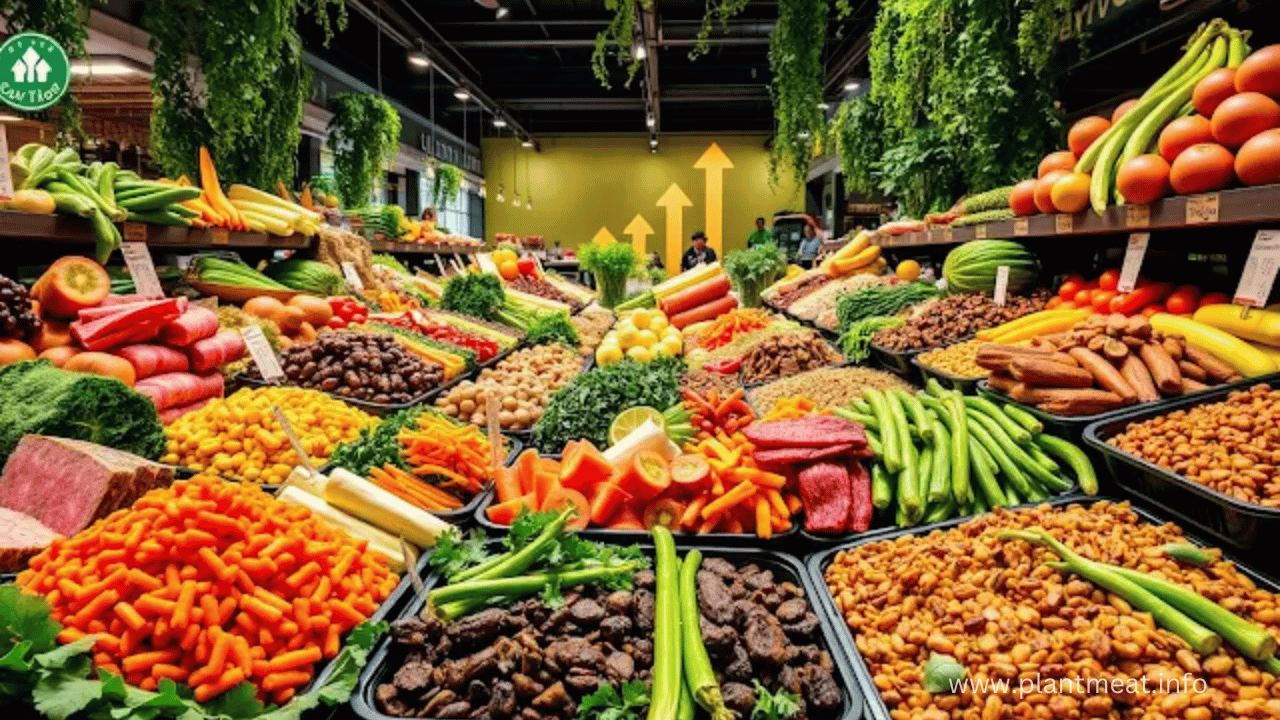
As people look for meat options that align with their values and health goals, vegetarian meat will continue to grow. Shaping the future of food production sustainably.
Plant Meat Protein: Environmental Impact and Production Methods
The call for sustainable meals is rising fast. Plant-primarily based protein alternatives have become of greater interest. They emit 40-one hundred times less greenhouse gases than traditional farming. They additionally need 20–50 instances much less land.
Microbe-derived proteins, like those from fungi and algae, have an even smaller environmental footprint. They can have up to 62 times lower GHG emissions. They also need almost 2,000 times less land than animal-based proteins.
Using agro-industrial waste to grow fungi is a new way to make plant protein more sustainable. It reduces waste and makes production more efficient.
However, there are challenges in switching to plant-based proteins. Getting proteins from plants can be hard. But the benefits for the environment make it a good choice for the future.
Protein Source | GHG Emissions Reduction | Land Use Reduction |
Plant-based patties | 77% smaller climate change burden than beef patties | – |
Plant-based meat alternatives | Up to 120 times more carbon efficient than meat products | – |
Pea protein replacing 5% of German meat consumption | Reduction of 8 million tons of greenhouse emissions per year | – |
Microbial protein replacing beef | Projected environmental benefits | – |
Plant-based diet | – | Reduction in global agricultural land use from 4 billion to 1 billion hectares |
In the end, plant-based total proteins are higher for the surroundings. They have a decreased carbon footprint and use resources greater efficaciously. As the marketplace grows, new technology will cause them to be even more possible.
Conclusion
Plant-based meat alternatives are key to a sustainable destiny. They make it clean for humans to consume less meat without large adjustments. To succeed, those products need to flavour, experience and seem like real meat.
But there are hurdles like making them less expensive, getting people to try them, and assembly regulations. We additionally need to realize how they affect our health ultimately. As extra human beings need food it truly is proper for the planet, we will see greater plant-primarily based options.
By deciding on plant-primarily based meals, you help the environment and assist a better food machine. As these alternatives grow to be more common, you may make a big distinction for our planet.
FAQ
What is the projected global population by 2050, and how does it impact the demand for protein?
By 2050, the world’s population is set to hit 9.7 billion. This will make protein demand go up. However, traditional meat production might struggle to keep up because of resource limits.
What are the key benefits of plant-based meat alternatives compared to conventional meat?
Plant-based meat alternatives are better for the planet. They need less land and water and produce fewer greenhouse gases. They are also much more eco-friendly than meat, being up to 120 times better.
What are the current market trends and growth projections for the alternative protein market?
The market for alternative proteins is growing fast. It’s expected to jump from USD 15.3 billion in 2023 to USD 26.5 billion by 2030. Plant-based proteins will likely match traditional meat prices first, followed by microbes and cultured meat.
How do plant-based meat alternatives compare to conventional meat in terms of environmental impact?
A 2021 study showed plant-based patties have a 77% smaller climate impact than beef patties. If Germans replaced 5% of their meat with pea protein, it could cut greenhouse gas emissions by 8 million tons a year.
What are the emerging and future sources of plant-based proteins?
Right now, we use soy, wheat, and peas for protein. New sources like corn, rice, and chickpeas are coming up. The future might bring fungal, canola, algae, and even cellular proteins.
What are some of the challenges in the development of plant-based meat alternatives?
Making plant-based meat affordable and getting people to try it are big hurdles. There are also rules to follow and health studies to do. We need to figure out how these new proteins affect our health long-term.

